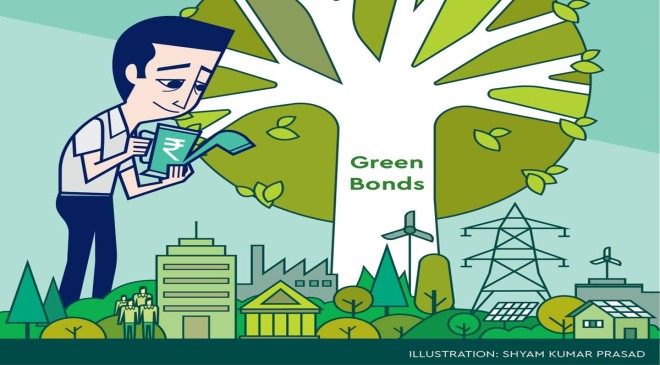On November 9, 2022, Finance Minister Nirmala Sitharaman approved the final Sovereign Green Bonds framework for India. The Green Bonds will not only boost India’s efforts towards energy transition, but will also make finances available for green infrastructure and renewable energy projects.
History of Green Bonds
While the Centre is gearing up to launch the Green Bonds for the first time in India, it’s not a new concept.
“The Intergovernmental Panel on Climate Change (IPCC), a branch of the UN that focuses on climate change, released a study in 2007 that connected human activity to global warming. It led a number of Swedish pension funds to consider funding environmentally beneficial projects,” said S Ravi, Former Chairman of BSE, Founder & Managing Partner of Ravi Rajan & Co.
Read More: Google Pay upgrade: UPI Autopay to help you with monthly online subscriptions
“As a response to the swelling demand, the first-ever Green Bond was issued by the World Bank in 2008. Ever since its issuance, the Green Bond Market experienced an insane spike. With a total issuance worth US$116 billion in the first quarter of 2022, Green Bonds continue to be the most prevalent of the sustainability, social, and green bond-set among issuers worldwide. Social bonds were supplanted by sustainability bonds as the second most common type of bond issued this year in terms of dollars,” he added.
What is a Green Bond?
Except for the objective of fund utilisation, Green Bonds are like any other Government Bonds.
“A Green Bond is a type of debt security created for funding or re-funding projects contributing positively to the climate and/or ecosystem. The only significant difference between Green Bonds and ordinary bonds is that the funds raised from investors are only used to support initiatives that have a good influence on the environment, such as green construction and renewable energy and these have a huge contribution to the planet and sustainability,” said Ravi.
Read More: Credit Card-UPI linkage: How this will drive card acceptance ecosystem
How beneficial is it for investors?
Among a horde of benefits to investors, Ravi lists some of the benefits of Green Bonds:
- Tax incentives, such as tax credits and tax exemption, according to the jurisdiction and the issuer
- Enablement of direct investment in projects for social improvement as well as the greening of brown industries
- Increased responsibility and openness about the usage and administration of revenues, resulting in a new risk management tool
- Comparable fiscal profits plus advantages to the environment or society
So, apart from safety of investments, the Green Bond investors would enjoy additional tax benefits as well.





































